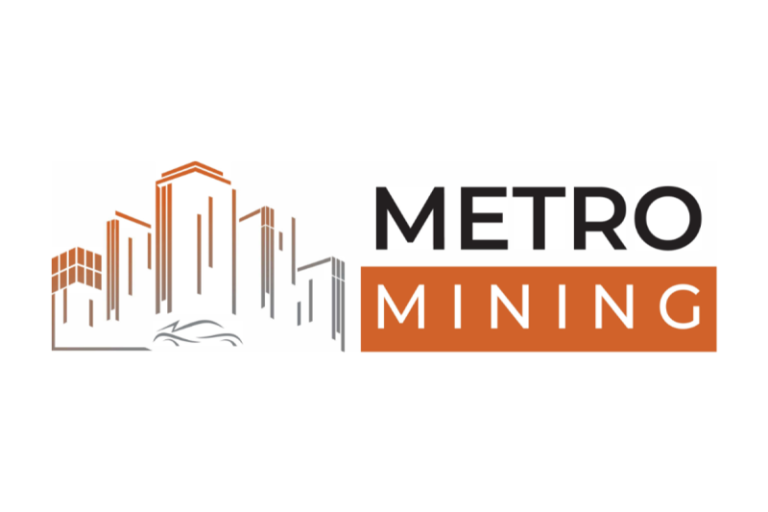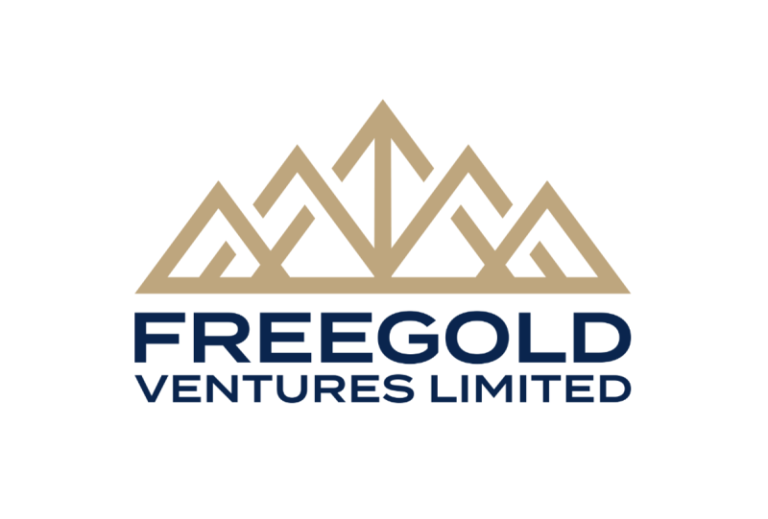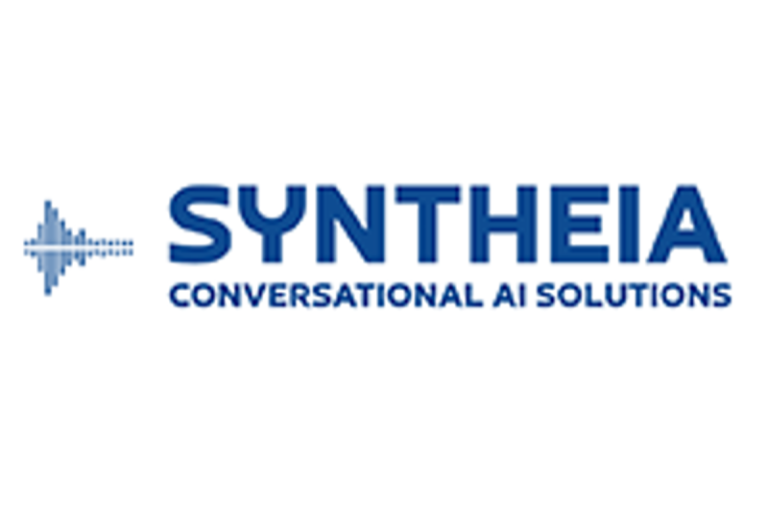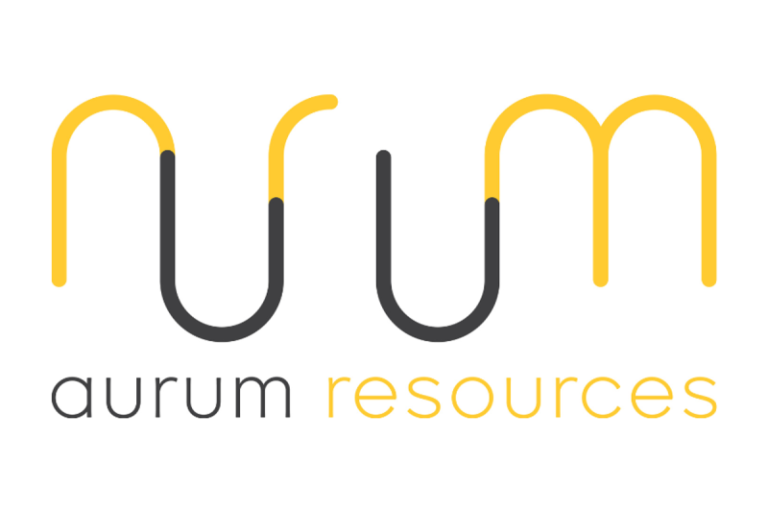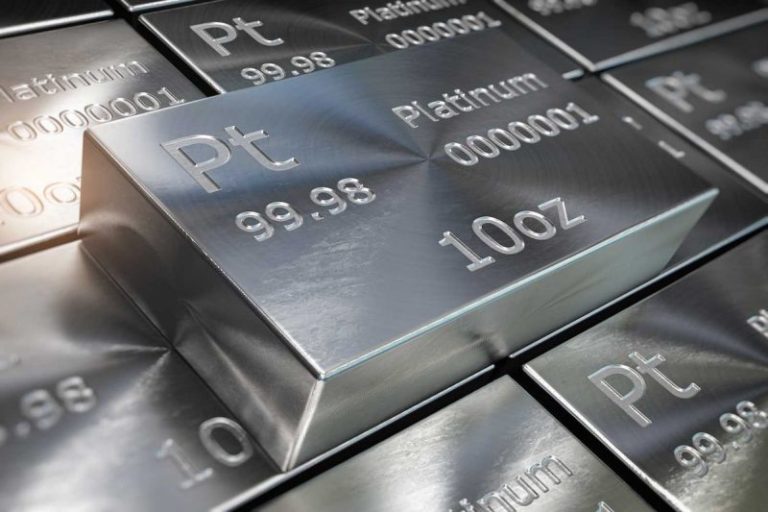Investor Insight
Metro Mining is one of the few pure-play upstream bauxite companies globally listed on a stock exchange. As a direct exposure to the aluminum sector, Metro offers investors a unique opportunity to benefit from rising global demand driven by industrial applications and growth areas such as electrification, batteries, renewable energy, and lightweight transportation solutions.
Overview
Metro Mining (ASX:MMI) is a low-cost, high-grade Australian bauxite producer with its 100-percent-owned Bauxite Hills mine located 95 km north of Weipa on the Skardon River, Queensland. The mine forms part of a tenement package covering ~1,900 sq km.
Bauxite Hills Mine
As at 31 December 2024, Bauxite Hills contained 114.4 Mt of ore reserves, supporting an ~11-year mine life, with additional mineral resources extending mine life by roughly five years.
Following the infrastructure expansion commissioned in late 2023, the operation is ramping up production during 2025 and remains on track to deliver 6.5 to 7 WMtpa by year end. This positions Metro as one of the lowest-cost global bauxite producers.
The aluminum sector continues to see rising demand growth of around 3 to 4 percent annually, supported by EV manufacturing, renewable energy infrastructure, battery production and lightweight transportation. Market conditions have been strengthened by instability in Guinea, where government actions and weather disruptions have curtailed exports, creating supply uncertainty and reinforcing the importance of reliable Australian producers.
Company Highlights
- Metro Mining’s flagship asset, the Bauxite Hills mine (BHM) in Skardon River, located 95 km north of Weipa in Cape York Peninsula Queensland, benefits from proximity to Asian markets, short haul distances, and a highly scalable, low-cost marine transportation system, ensuring industry-leading operating margins.
- Production ramp-up continuing in 2025 following infrastructure expansion in late 2023. August 2025 shipments reached 753,101 WMT, up 6 percent year-on-year, with year-to-date production of 3.4 Mt, keeping the company on track for its 6.5 to 7 million WMT per annum CY2025 target.
- Targeting a delivered bauxite cost below US$30 per dry ton CIF China, positioning the company firmly within the lowest quartile of global producers.
- End of Q2 2025: Cash balance of AU$28.7 million, secured debt of US$56.6 million, and full-year hedged position at 0.63 US$:A$.
- Ore reserves of 77.7 Mt underpinning ~11 years of mine life, with additional mineral resources providing ~five more years
- Metro Mining maintains robust environmental and social governance, evidenced by receiving the Association of Mining and Exploration Companies’ 2024 Environment Award.
Key Project
Bauxite Hills Mine (Queensland, Australia)
Metro Mining’s flagship asset, the Bauxite Hills mine, is located on the Skardon River, about 95 kilometres north of Weipa in Queensland. The mine is underpinned by 114.4 Mt of ore reserves as at 31 December 2024, providing approximately 11 years of production, with further Mineral Resources extending mine life by around five years.
Bauxite Hills is a straightforward, low-cost DSO operation. The orebody requires no blasting, with only ~0.5 metres of overburden to remove, and short average haul distances of nine kilometres. Ore is screened to below 100 millimetres and hauled to the barge loading facility, where it is transported via tugs and barges to offshore transhippers for loading onto Capesize vessels bound for Asian markets. This efficient marine logistics chain enables Metro to remain in the lowest quartile of global cost producers.
Production continues to build steadily. In Q2 2025, the mine shipped a record 1.9 Mt, generating site EBITDA of AU$54 million and a margin of AU$32 per tonne. In August 2025, shipments reached 753,101 tonnes, a six percent increase from the prior year, with 3.4 Mt shipped year-to-date, putting the mine firmly on track to meet its 2025 target of 6.5 to 7 Mt.
Metro has established offtake agreements with leading global alumina and aluminum producers, including Chalco, Emirates Global Aluminium, Xinfa Aluminium and Shandong Lubei Chemical. To support growth beyond 2025, debottlenecking and optimisation studies are underway to enable potential expansion to 8 Mtpa beyond 2026.
The company is also advancing exploration in surrounding lateritic bauxite terraces. Drilling campaigns are planned across EPM 27611, EPM 16755, EPM 25879 and EPM 26982 during the second half of 2025, with approximately 150 holes scheduled.
In addition, Bauxite Hills hosts a significant kaolin deposit beneath the bauxite ore. Metro is progressing a feasibility study to assess extraction potential, market strategies and product testing, with applications in ceramics, paper, paints and industrial uses.
Management Team
Simon Wensley – CEO and Managing Director
Simon Wensley is a proven industry leader with extensive experience in mining operations and strategic growth. He spent 20 years at Rio Tinto in various operational, project and leadership roles across commodities, including iron ore, industrial minerals, bauxite, alumina, coal and uranium.
Douglas Ritchie – Non-Executive Chair
Douglas Ritchie brings more than 40 years’ experience in resources, previously holding senior leadership roles at Rio Tinto, including CEO of Rio Tinto Coal Australia, chief executive of the Energy Product Group, and group executive of strategy.
Nathan Quinlin – CFO
Nathan Quinlin is experienced in financial strategy and cost optimization, previously serving as finance and commercial manager at Glencore’s CSA mine, managing finance, risk management and life-of-mine planning.
Gary Battensby – General Manager and Site Senior Executive
Gary Battensby has extensive experience in managing large-scale metalliferous mining operations, budget control and regulatory compliance. He previously oversaw teams of up to 350 staff and operations with substantial CAPEX and operational responsibilities.
Vincenzo De Falco – General Manager, Marine Supply & Logistics
With over 15 years of global experience in the shipping and maritime industry, including at IMC and Louis Dreyfus Armateurs, Vincenzo De Falco is leading the Metro Marine Team to manage BHM transhipping logistics, including new Floating Crane Terminal (Ikamba) as well as Tug Mandang.

